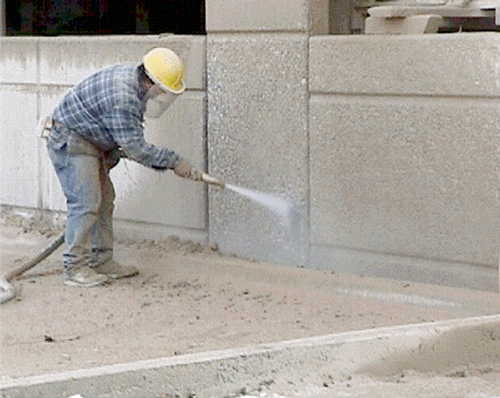ConDig(04-May-18). The Occupational Safety and Health Administration (OSHA) has issued a final rule clarifying aspects of beryllium regulations aimed at protecting workers from exposure to materials containing less than 0.1% beryllium by weight.
Under the final direct rule, definitions of beryllium work area, emergency, dermal contact, and beryllium contamination are clarified. It also outlines provisions for disposal and recycling, and provisions that OSHA intends to apply only where skin can be exposed to beryllium.
The direct final rule will become effective on July 4 this year unless the agency receives significant adverse comments by June 4.
In March, OSHA again delayed the roll out of regulations aimed at protecting workers from exposure to beryllium, with compliance obligations earmarked to begin May 11.
OSHA set a new lower 8-hour permissible exposure limit (PEL) and short-term (15-minute) exposure limit (STEL) for construction and shipyard industries.
In the interim, if an employer fails to meet the new PEL or STEL, OSHA will inform the employer of the exposure levels and offer assistance to assure understanding and compliance.
In January last year, OSHA issued new comprehensive health standards addressing exposure to beryllium in all industries. In response to feedback from stakeholders, the agency said it is considering technical updates to the general industry standard, which will clarify and simplify compliance with requirements.
OSHA also said last year that it aims to cut the allowable exposure to beryllium dust to 0.2 micrograms per cubic meter during any eight-hour period from 2.0 micrograms per cubic meter.
The rule also establishes a short-term exposure limit of 2.0 micrograms per cubic meter over a 15-minute sampling period. It also requires employees to provide protective equipment, medical exams, medical surveillance and training.
The construction industry was not included in the original beryllium revision but was added to the final rule.
OSHA has previously stated that some abrasives used in blasting in the construction industry contain trace amounts of beryllium that, in blasting operations, could potentially exceed the recommended level.
OSHA estimates that 62,000 workers are exposed to beryllium.
U.S. Department of Labor news materials are accessible at http://www.dol.gov.
